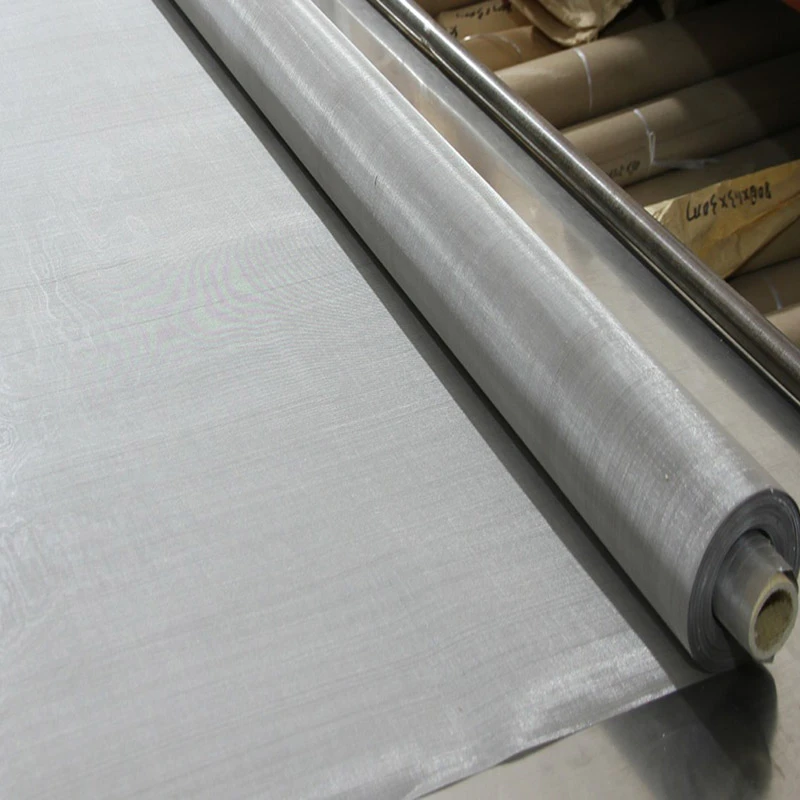-
+86 15030157877
-
sales@galvanizedmetalmesh.com
Dis . 04, 2024 13:24 Back to list
Current Pricing Trends for Barbed Wire Rolls and Market Insights
Understanding the Price of Barbed Wire per Roll
Barbed wire, a staple in fencing and security applications, has been used effectively for decades. Its main purpose is to deter intruders and contain livestock, making it an essential item for farms, commercial properties, and residential security. However, the price of barbed wire per roll can vary significantly based on several factors, including material quality, roll size, coating type, and market conditions. This article delves into these factors to help consumers understand why these variations exist and how to choose the right barbed wire for their needs.
Factors Influencing Barbed Wire Prices
1. Material Quality The most common type of barbed wire is made of steel, which can be galvanized or PVC coated to enhance durability and resistance to rust and corrosion. Galvanized barbed wire, typically cheaper, undergoes a zinc coating process, while PVC-coated options offer additional protection but at a higher price. As consumers consider their budget, it’s important to recognize that while galvanized wire may save money upfront, it may not last as long in harsh environments compared to its PVC-coated counterpart.
2. Roll Size and Weight Barbed wire typically comes in rolls that range from 1,000 to 1,500 feet. The weight and thickness of the wire also influence the price—heavier and thicker wire can be more expensive but offers greater strength and durability. Buyers should evaluate the specific needs of their fencing projects, as investing in thicker wire may reduce maintenance costs and replacement frequency over time.
3. Barb Spacing and Design The spacing between the barbs and the overall design of the wire can also affect pricing. More sophisticated designs with closely spaced barbs may provide better security but come at a premium. When choosing barbed wire, consider the purpose of the fence; for example, a high-security area may warrant a more intricate design compared to a simple confinement pasture.
4. Market Conditions Like many commodities, the price of barbed wire can be influenced by market dynamics such as supply and demand, global steel prices, and geopolitical factors impacting raw material sourcing. Fluctuations in these areas can cause sudden price increases or decreases. It is beneficial for consumers to track prices over time and make purchases when market conditions are favorable.
barb wire price per roll

5. Quantity and Supplier Where you purchase barbed wire can greatly impact the price. Buying in bulk from a wholesaler may offer significant savings compared to buying single rolls from a retail store. Additionally, regional differences in supply can affect availability and pricing. It’s advisable to compare prices from multiple sources, including local suppliers, online retailers, and specialty fencing companies.
Finding the Best Price
To find the best price for barbed wire, consumers should start by conducting thorough research. Online marketplaces and local suppliers often have different pricing structures, and buyers should not hesitate to ask for bulk discounts or special promotions. Additionally, joining agricultural or fencing associations can provide access to deals and discounts that may not be available to the general public.
When assessing options, it’s also essential to balance cost with quality. While it can be tempting to choose the cheapest option, spending slightly more on a higher-quality product can lead to long-term savings through decreased replacement needs.
Conclusion
In summary, the price of barbed wire per roll can vary based on several factors, including material quality, roll size, design, market conditions, and purchase volume. Understanding these factors can help consumers make informed decisions and select the best barbed wire for their needs. While cost is a significant consideration, it’s important to also factor in durability and performance to ensure that the investment in fencing materials meets long-term requirements. Whether securing a farm, a residential property, or a commercial site, taking the time to research options will ultimately lead to better outcomes and satisfaction with the purchase.
-
Welded Gabion Solutions: Durable & AI-Enhanced Designs
NewsAug.01,2025
-
Premium Welded Gabion Mesh | Robust & Eco-Friendly
NewsJul.31,2025
-
Premium Eco-Friendly Roof Tiles | Affordable & Durable
NewsJul.31,2025
-
Premium Roof Tiles for Durable & Stylish Roofing Solutions
NewsJul.30,2025
-
High-Quality Roof Tiles for Durable & Stylish Roofing Solutions
NewsJul.29,2025
-
High Quality Square Wire Mesh Manufacturer & Supplier for Wholesale
NewsJul.29,2025



